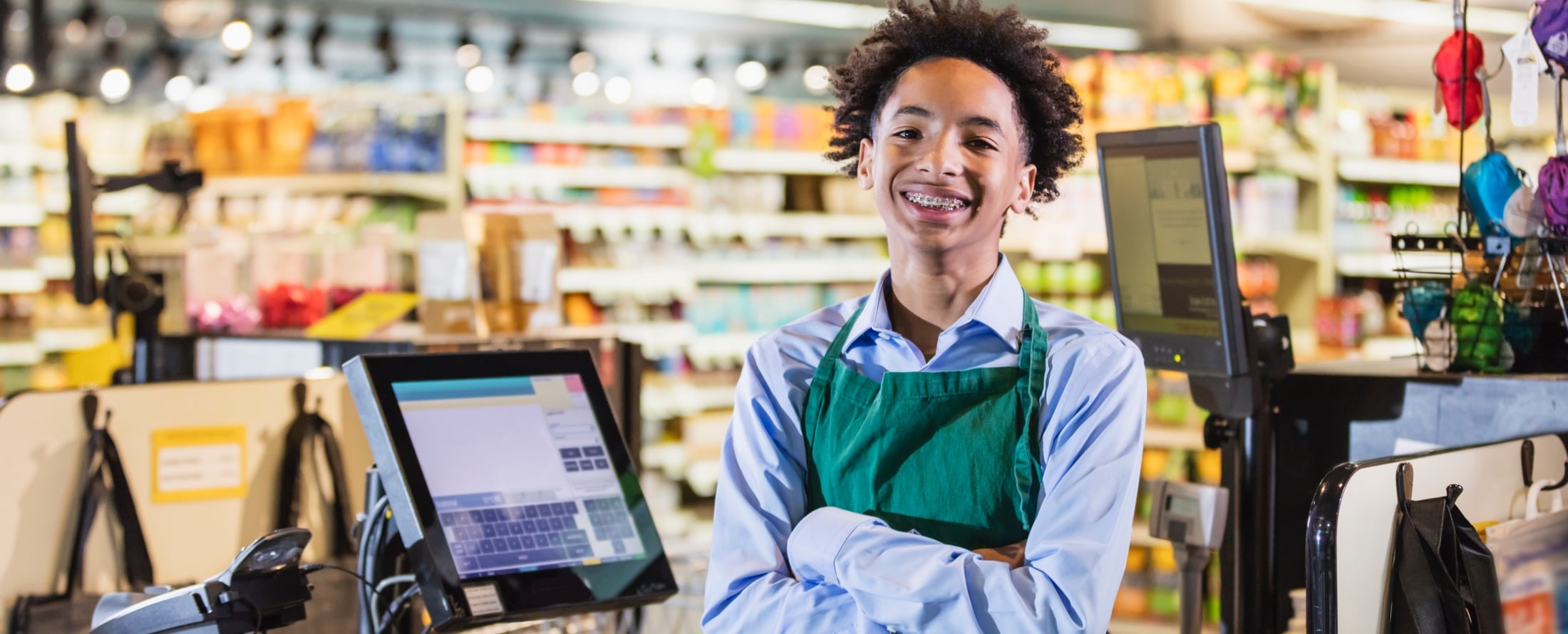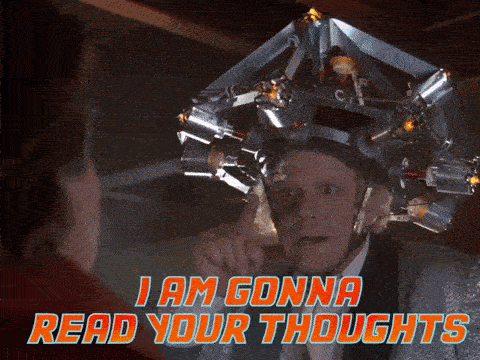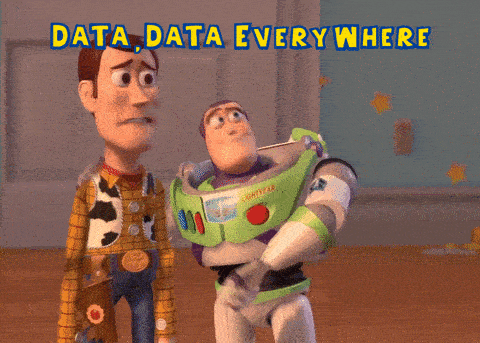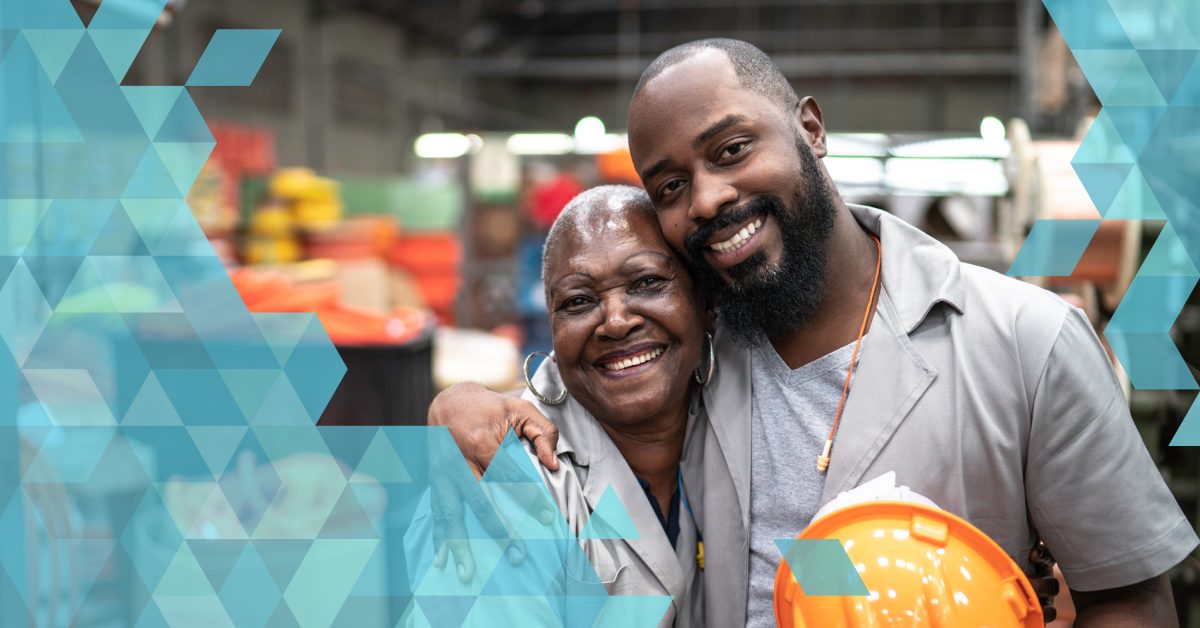Experts Sound Off | Top 8 Trends Shaping Retail

Table of contents
- 1. Digitally Enablement Gives Rise to the Super Sales Associate
- 2. Investing in Social Commerce
- 3. Machine Learning to Optimize Demand Forecasting
- 4. Business Automation
- 5. Authenticity in Influencer Marketing
- 6. Personalization Through Machine Learning
- 7. Voice Commerce
- 8. Internet of Things (IoT)
- Retail Trends At A Glance
The pandemic changed consumer behavior in a major way, and many of those changes are likely to stick around in the near future. But don’t take our word for it. Hear from industry experts.
We asked retail experts and influencers:
- Challenges retailers will face as we enter into a post-pandemic world
- Trends that will dominate the industry for the next five years
Keep reading to discover how technology is changing the way retailers are optimizing their operations.
Here are the top retail trends and predictions.
1. Digitally Enablement Gives Rise to the Super Sales Associate
As technology becomes more integrated into the retail experience, sales associates will have more digital tools at their fingertips during their interactions with customers.
“The whole of the physical store will be activated with sensors analyzing not just traffic flow but how shoppers interact with each product; interactive displays and smart shelves will personalize the experience to each shopper and bring the latest tools such as styling advice, virtual try-on and fit analysis; and tablets and voice activated that enable better sales associates or headphones that are voice activated and collect sales conversation data – all leading to the rise of the Super Sales Associate.”
– Trevor Sumner, CEO, Perch
Retail companies are digitizing their inventories and giving their associates access to that information in a way that improves their ability to answer customer questions. Rather than diminishing the importance of in-store sales associates, technology is empowering them and making their roles more relevant than ever.
2. Investing in Social Commerce
During COVID-19, many retailers experienced a sharp increase in e-commerce sales as many people chose to shop online rather than in person. But shopping online via the company website isn’t necessarily the most efficient way to reach customers.
“Social commerce – native buying experiences on social media platforms — enables shoppers to shop online in an even more seamless manner. Rather than visiting a third-party website, consumers can make purchases directly within the social networking app or website.”
– Veronica Miller, Cybersecurity Expert, VPNoverview
If a brand’s customer base is already using social media platforms like Facebook, Instagram and TikTok, it makes sense for them to set up storefronts on each to maximize their reach.
Ultimately, brands want to make it easier for their customers to complete a purchase without leaving the platform they’re on. Rather than using these platforms solely as marketing tools, retailers will tailor the shopping experience to begin and end on the same platform.
3. Machine Learning to Optimize Demand Forecasting

COVID-19 has significantly impacted what customers expect and demand from retailers. Companies that could accurately predict demand had a better chance of delivering the right products to the right customers.
“Demand forecasting systems based on machine learning are significantly more adaptable and versatile than their traditional counterparts. Due to the speed with which machine learning can be implemented, it can better track customer demand trends.”
– Eric McGee, Senior Network Engineer, TRGDatacenters
Demand forecasting also diminishes some of the negative side effects of retail management like overstocking and logistics overhead. If companies can predict what customers want, they can cut out that which doesn’t contribute to meeting demand.
“Forecasting client demand becomes significantly more accurate when machine learning is used. These advancements enhance automated demand forecasting, inventory planning, customer and supplier relationship management, logistics, production, and marketing.”
– Eric McGee, Senior Network Engineer, TRGDatacenters
4. Business Automation
The pandemic put more pressure on retail workers to deal with keeping track of inventory as certain items surged in popularity and went out of stock. Traditional approaches required sales associates to manually collect data. But that not only pulls them away from customer-facing duties, it often results in inaccurate data that’s already become outdated by the time it’s collected.
“Advancement in technologies like artificial intelligence, robots, big data, internet of things (IoT), machine learning, etc. are constantly reshaping industries and the way customers interact with the supplier. Industry 4.0 right around the corner has signaled the digitalization and automation of businesses, increasing productivity and profits with less or no human involvement.”
– Jeroen van Gils, Managing Director, LiFi.co
Automated solutions for repetitive, systems-based tasks free up a sales associate’s time to deliver value only they can bring: a great customer service experience.
P.S. Get more insight into the topic of automation for the frontline workforce in this session from the Frontline Future virtual summit.
5. Authenticity in Influencer Marketing
Influencers get a bad rep these days. But for retailers, influencers can deliver real value for customers who want more information about a product before they buy. This was especially true during the pandemic when many retailers had to close their doors and customers couldn’t try out products in-store.
“Traditionally, influencer marketing was all about selfies, carefully prepared captions, and meticulously manipulated product photos. However, we will see a significant shift in the way companies and influencers collaborate. Influencer content has gradually shifted toward a more raw, authentic look, and this trend will continue in 2022.”
– Timothy Robinson, CEO, InVPN
As consumers become more savvy and suspicious of sponsored content, influencer marketing is becoming more centered on delivering honest reviews and recommendations, not ads. The trust that influencers build on social media platforms influences customer buying decisions in a big way. Even an influencer’s own fans are quick to call out an unnaturally biased and overly positive review. In order to protect their image and maintain trust with their fanbase, influencers must prioritize honesty and authenticity in their content.
“Audiences place an emphasis on businesses with authentic voices, and today’s savvy consumers can detect an overproduced advertisement a mile away. Brands that fail to promote authenticity in their influencer connections risk missing out on next year’s high engagement and ROI. It’s time to highlight original influencer content that focuses on education, entertainment, and the viewer experience.”
– Timothy Robinson, CEO, InVPN
6. Personalization Through Machine Learning

Consumer preferences changed significantly during the pandemic and the most successful retailers were able to predict and adapt quickly to those shifts. In the post-pandemic future, we’ll see more retailers rely on machine learning to improve the shopping experience.
“Personalization is vital to the retail industry’s success, with data science and machine learning serving as effective drivers. Personalization’s capacity to automatically build customized suggestions for consumers is critical when these technologies are used. Machine learning can adjust to each user’s shopping experience by leveraging consumer purchase data to create shopping profiles for specific categories of customers.”
– Thilo Huellmann, Chief Technology Officer, Levity.ai
Retailers can learn more about consumers and develop relationships with frequent buyers. At the same time, one of the biggest challenges retailers face is protecting consumers’ privacy and ensuring their data is protected.
7. Voice Commerce
Retailers are making an effort to make shopping as easy and accessible as possible. Part of that effort includes using voice commerce to allow shoppers to initiate and even complete transactions without looking at a screen.
“With over 77 million homes in the United States expected to have smart home devices by 2025, the voice commerce trend is proving to have significant potential for the retail industry. Consumer-owned IoT devices, such as smart mirrors and smart displays, can assist in delivering product content in a non-intrusive and beneficial manner.”
– Steve Scott, CTO, Spreadsheet Planet
While voice commerce cuts out the need for an in-person or online retail experience, it will likely serve as an additional option rather than a replacement. Consumers will have more opportunities to choose the way they want to shop, whether it’s by voice, online, or in-store.
8. Internet of Things (IoT)

The Internet of Things, or IoT, refers to the devices that are connected to the internet, all of which are constantly collecting and sharing data. Virtually anything can become part of IoT, from a product in a retail store to the truck that delivers it to a customer.
“The Internet of Things (IoT) has ushered us into a digital world that is more connected. And this is certainly true in the retail realm as well. For example, RFID technology enables ultra-fast product locations within warehouses and brick-and-mortar storefronts. As a result, shipping times are reduced, customer service is more responsive, and the overall customer experience is improved.
Another IoT-related strategy is beaconing, which enables brick-and-mortar stores to boost brand awareness and foot traffic by pinging local consumers’ smartphones as they pass. As the Internet of Things, artificial intelligence, and other emerging technologies continue to grow, we may expect beaconing to become more tailored and time-sensitive.”
– Stewart McGrenary, Director, Freedom Mobile
For the retail industry, the Internet of Things means that companies have more data points to optimize the customer experience and build a more efficient product-to-market strategy.
Retail Trends At A Glance
To sum up the trends shaping retail in the near future, we can safely say that technology will play a major role in how companies approach the consumer and employee experience.
We’ll be seeing how technology:
- Empowers sales associates to focus on delivering great customer service
- Enables companies to understand exactly what customers want
- Gives customers more options for how they want to shop
Want more insight into the future of work for retail employees? Fill out the form below to download our 2022 Frontline Trends Report today!

About the author
Beekeeper
Interested in learning more?
Join 1200+ companies transforming frontline work with Beekeeper. Start your journey today to make every task easier, every team stronger, and every shift smoother.






